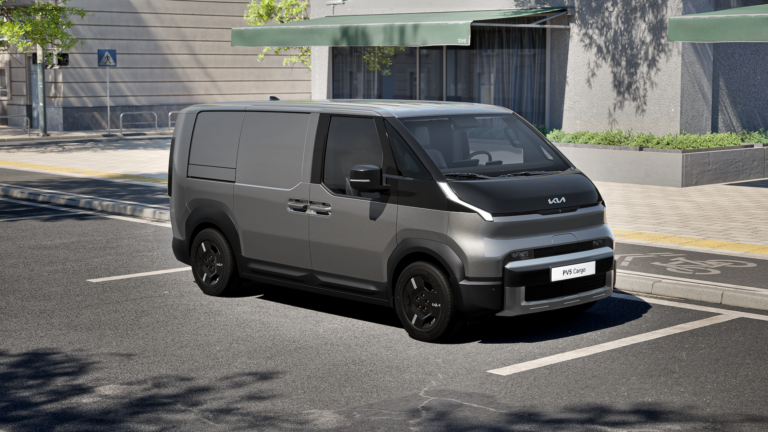The rumble of diesel engines may soon be replaced by the quiet hum of electric motors as Uber Freight and Greenlane join forces to accelerate the development of charging infrastructure for commercial electric trucks (EVs). This strategic partnership aims to break down a major barrier to widespread EV adoption in the freight industry, paving the way for a greener and more sustainable future for logistics.
Key Points:
- Data-driven insights: Uber Freight’s vast logistics network data will guide Greenlane in placing charging stations where they’re needed most, ensuring efficient and cost-effective EV deployment.
- Marketplace integration: Uber Freight’s platform could potentially offer in-app charging appointment scheduling, station locations, and fuel card discounts, streamlining the EV experience for carriers.
- Market demand: Surveys show strong interest in electric trucks, with 13% of U.S. shippers already using them and 77% considering them for the future. Shippers are even willing to pay a premium for green transportation.
- Addressing challenges: Lack of publicly available charging infrastructure has been a major hurdle for EV adoption. This partnership directly tackles this issue by building a nationwide network specifically for commercial vehicles.

Benefits:
- Reduced emissions: Widespread EV adoption will significantly decrease the carbon footprint of the freight industry, contributing to a cleaner environment and combating climate change.
- Cost savings: Electric trucks offer lower operating costs compared to diesel trucks, potentially leading to long-term financial benefits for carriers.
- Improved efficiency: Optimized charging infrastructure placement will minimize downtime for EV trucks, ensuring efficient delivery schedules and improved operational performance.
Looking Ahead:
Greenlane is already planning its first charging corridors in key regions like Southern California, the Texas Triangle, and the northeastern United States. Uber Freight’s whitepaper provides valuable data-driven insights to inform these placements and ensure maximum impact. This collaboration marks a significant step towards a future where electric trucks dominate the highways, delivering goods efficiently and sustainably.








